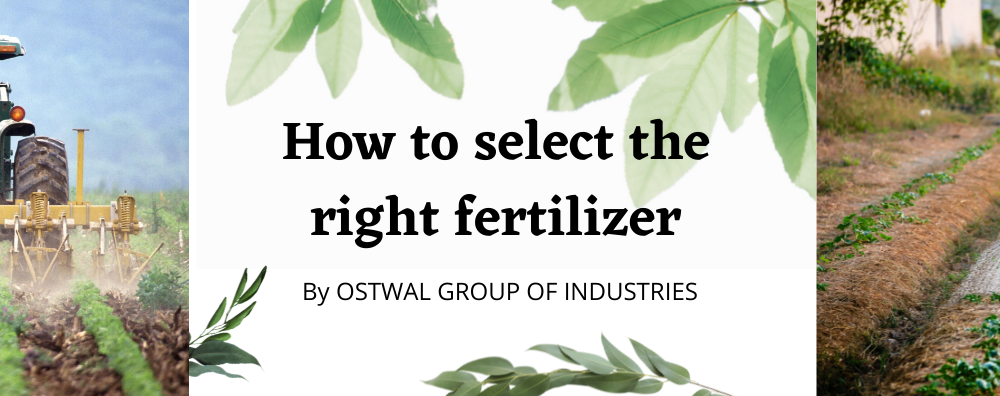Let’s understand the basics of a fertilizer and soil. As we all know soil which is used to grow different types of vegetables, fruits, grains etc. needs nutrients to grow plants. The three most important nutrients in soil are nitrogen (N), phosphorus (P) and potassium (K). Together they make up the trio known as NPK.
There nutrients must be present in a balanced amount. For example
20-5-5 has four times more nitrogen(N) in it than phosphorus(P) and potassium(K). A 20-20-20 fertilizer has twice as much concentration of all three nutrients than 10-10-10.
A fertilizer that contains only one macro-nutrient will have “0” in the other values. For example, if a fertilizer is 00:00:50, then it only contains potassium (K).
The ideal NPK ratio differs according to plants and crops
For example-
- Use 19:19:19 fertilizer for growth and development of new stem.
- Use 12:61:00 to increase growth of fruits, vegetables, flowers
- and use a 00:00:50, if soil is deficient in potassium
- Use 00:52:34 for fruits like mango, grapes, peas to stop their leaves become red
- Use 13:00:45 for fast growth of vegetation
Other than these major nutrients soil also requires some micro nutrients like zinc, boron etc.
To maintain the balance of nutrients, we use fertilizers.
Fertilizer is a natural or chemical substance that is put soil to make plants grow better.
There are different types of Fertilizers available which are used according to the deficiency of nutrients in soil.
Before selecting any fertilizer, test your soil —
- Use a do-it-yourself kit: The basic pH test measures your soil’s acidity and alkalinity and sometimes major nutrient content.
- Have a soil lab test: A complete soil test is a good investment because a soil lab test can thoroughly analyze soil.
Ostwal Group of industries deals in various types of fertilizers to make your soil fertile.

